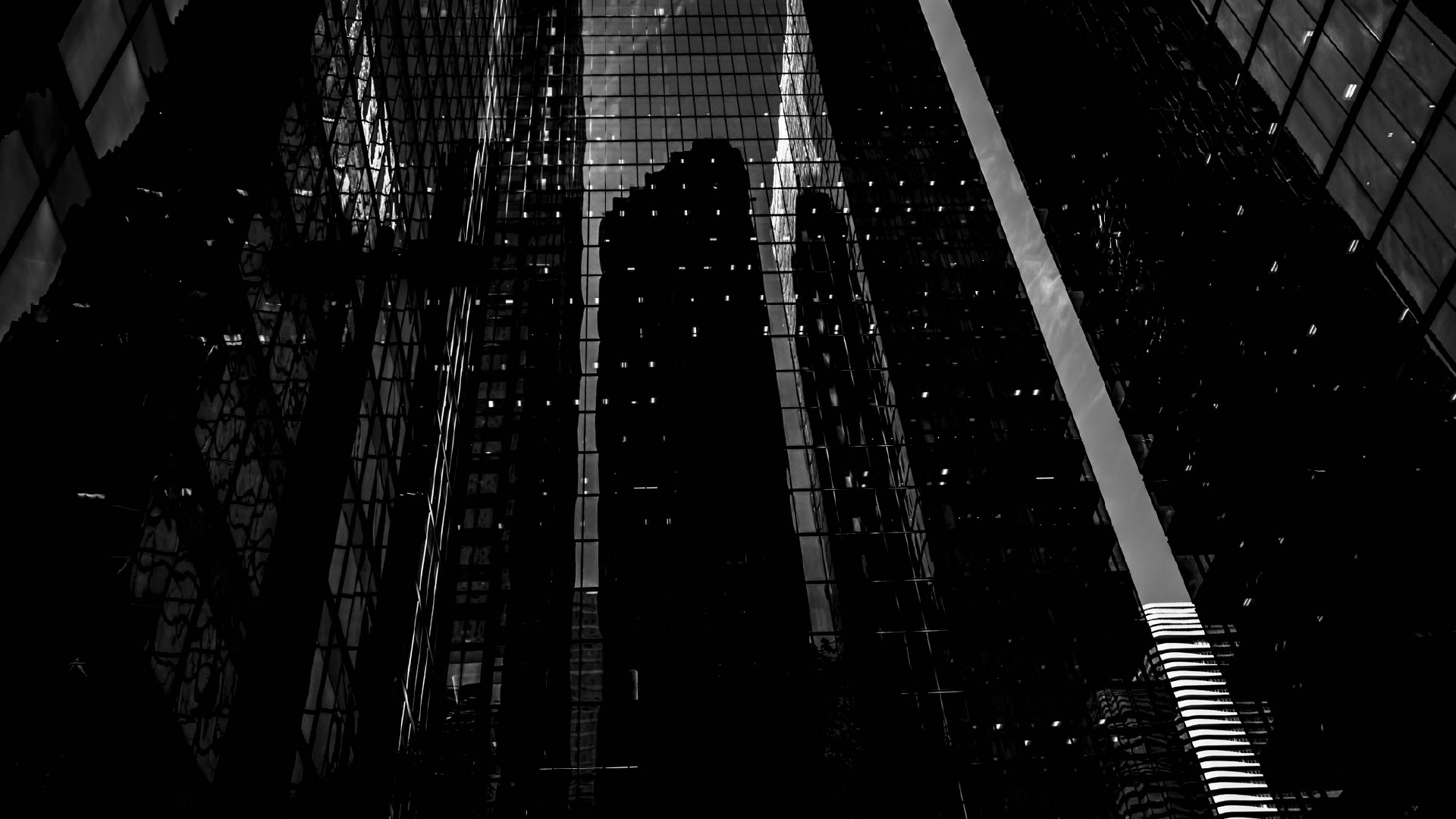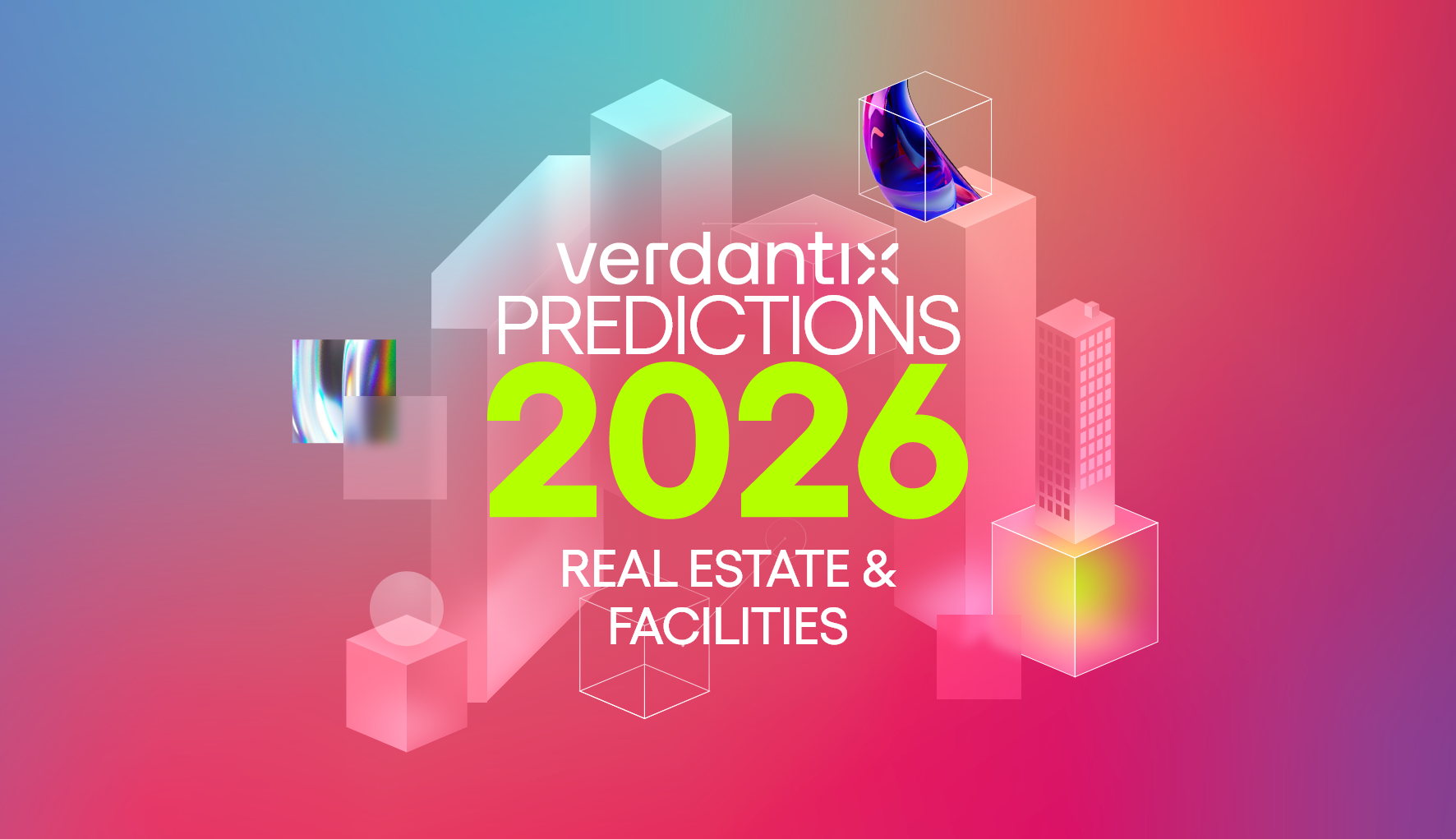Reframing The Way We Think About Buildings And Digital Technology
What’s in a name?
Since 2016, the Verdantix Smart Buildings practice has provided in-depth research on a broad range of established, evolving and cutting-edge digital solutions. In that time, we’ve produced hundreds of reports and webinars covering different classes of building and use cases from workspace management to energy and decarbonization solutions. It has been a time of immense change and innovation, with the emergence of new technologies such as cloud-connected IoT devices and digital twins, the pressure of energy crises driving facility optimization, and the rise-and-rise of the PropTech market leading to continued investment driving solutions from being hardware-focused to being software- and eventually service-driven. Concurrently, a revolution in user behaviour has been brought on by a broad-based push towards making the industry more accountable for ESG and more occupant-experience-oriented – as well as, of course, the impact of COVID-19.
At the end of 2023, after considerable reflection, we took the decision to rename our practice. For us, this is not just a question of packaging. After all, our name is an important statement about how we see our work and how we understand the environment we are operating in. Our view was that the changes we have witnessed, measured and predicted over the last seven years have been so significant that – in order to solve the next generation of challenges – occupiers, owners and investors need to look at buildings outside of their traditional silos. As a result, from January 2024, our Smart Buildings practice will be known as Real Estate & Built Environment.
Real estate and buildings are multiple connected systems
Traditionally, ‘real estate’ and ‘the built environment’ are often viewed as two separate worlds. The real estate industry views buildings as assets through which financial profit may be derived, each type of asset – from hotel to office building to shopping centre – has its financial worth measured according to different metrics. Decision-makers in this field equate building technology and the solutions around it with PropTech. Meanwhile, those involved in ‘buildings’ tend to look at the physical aspects of the building, what it is made of, how it is run and increasingly – hearteningly – its impact on its occupants.
Our previous work has attempted to be as comprehensive as possible, exploring the application of technology for myriad use cases and to different asset classes – from hospitals to commercial real estate. However, our view is that what were once seen as discrete use cases applied to different phases and individual buildings now need to be seen from a different perspective; a perspective that explicitly thinks across the entire life cycle of a project, and beyond the walls of the building itself, into the environment within which it exists.
Our recent global survey helps to explain why we have taken this view. As you can see from Figure 1, real estate managers list four main objectives as their priorities for the period ahead: decarbonization, optimizing operations, creating attractive and supportive employee environments, and resiliency. The importance they place on these priorities is relatively equal, and relatively high. These are big challenges – and ones that cannot be tackled in isolation. Each one of them requires a shift in how we think about the stages of a building’s life, its varied stakeholders, and how it relates to the communities and environment around it. For example, to improve occupant satisfaction and wellbeing the owner of a building could improve indoor air quality through greater air filtration and ventilation. However, this may increase energy usage – thus impacting decarbonization efforts – but then, on the other hand, it is becoming increasingly necessary due to poor external air quality in areas impacted by wildfires, meaning that installing filters improves building resiliency. But it is also an expensive undertaking, and will impact operational efficiency. To solve the knotty challenges we face on a global level, these ways of thinking need to converge.
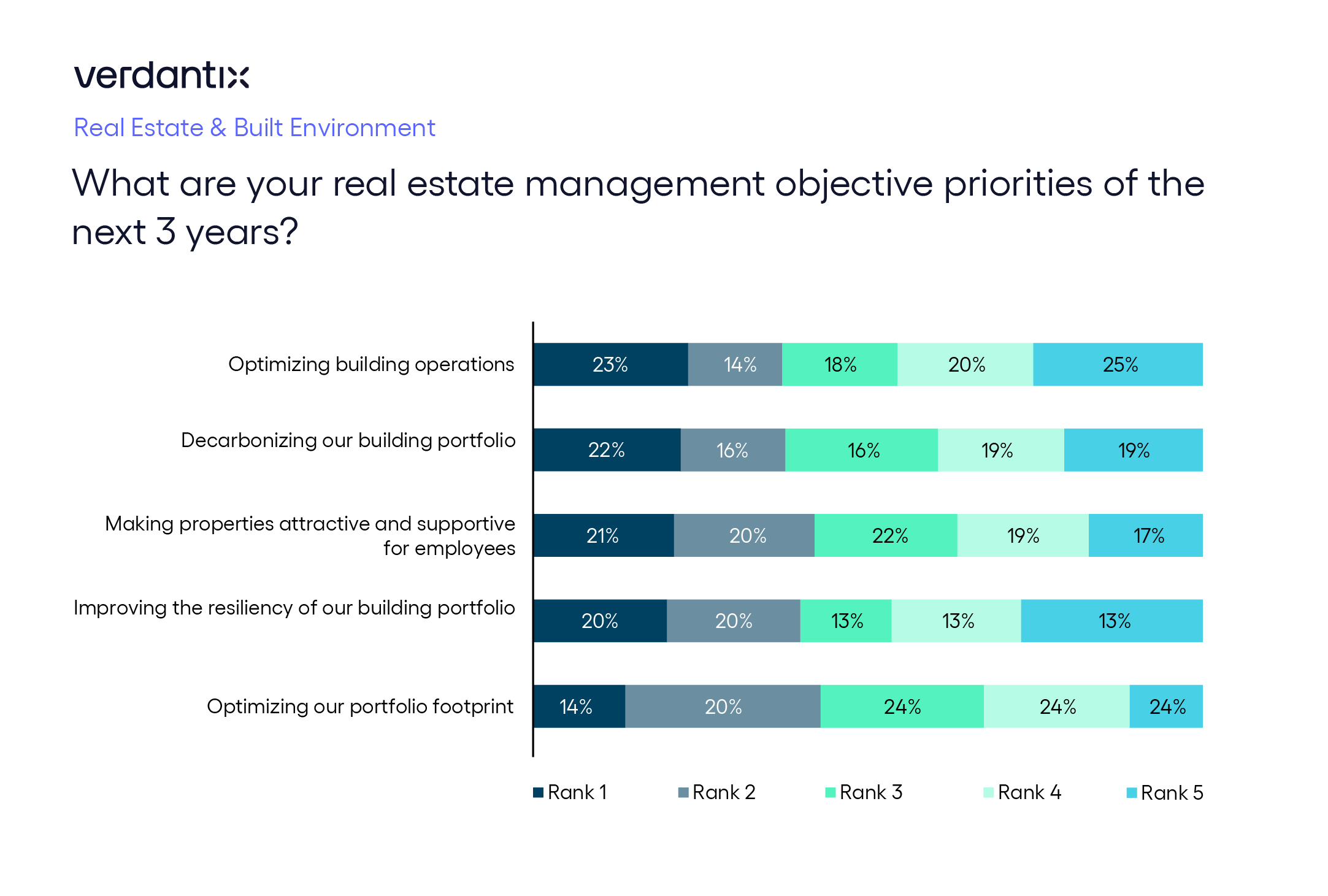
Importantly, building technology – the ‘smart’ in ‘smart buildings’ – plays a crucial role in helping the full range of stakeholders make better choices based on the systems and relationships that exist within and between buildings. It can help them gather and synthesize vast amounts of data, visualize the impact of their decisions, and measure this impact in real time. We would argue that it is not possible to achieve the systemic vision we believe is necessary to confront challenges facing the built environment without the widespread adoption of a variety of digital solutions.
Introducing the three lenses that will define the role of technology in real estate and the built environment
Since its inception, the Verdantix Smart Buildings practice has focused on topics at the convergence of people, technology and sustainability, primarily within the operations phase of a building’s life cycle. Common topics included energy management, smart workplaces, building security, real estate and ESG, and building systems such as BMS, CMMS and IWMS/CPIP. We will continue to write about these topics – often in even greater depth. However, we will also zoom out and look at issues in a broader, systemic way, through three primary lenses that will allow us not only to improve our coverage of significant topics but analyse how they interact with other factors in the rapidly changing industry.
Our goal is to help all parties identify opportunities for more successful product and solution deployment, where success may be measured in terms of immediate financial impact as well as across the life cycle of our buildings, cities and the planet. The three lenses are:
- Priorities and lessons from different asset classes/building types.
The way that building types – what real estate people call asset types – are classified often means whole solutions might be overlooked in one area while growing rapidly in another. We plan to dive deeper into the mechanics of all asset types and look for opportunities across them as we do so. Each asset or building type certainly has its own priorities and requirements – and within them exist sub-types – however, there are lessons for all in the standards and systems that form benchmarks and provide the basis for inspiration.
A systemic approach that looks at best practices across asset/building classes can further open up discussion about the systems and assumptions that underpin all of the buildings that we inhabit. Going further, we would argue that the rise of mixed-use asset types means understanding this cross-fertilization of ideas is now essential. We plan to look at a range of these classes in greater depth, including (but definitely not limited to) hospitals, education, retail, transport, hospitality, data centres, life sciences and office-centred workplaces.
- Sourcing strategies and stakeholder matrices have an outsize impact on product selection.
To join up these elements, we need to look not at a single vendor and buyer of a solution but across the landscape of people who influence the procurement of products. Of all the products and solutions that go into buildings, there are many layers that can separate the ideal solution from the final occupant of the building. As we dig deeper into understanding the real estate and built environment market, we will also look at how different stakeholders in the process impact outcomes and the final experience in the building.
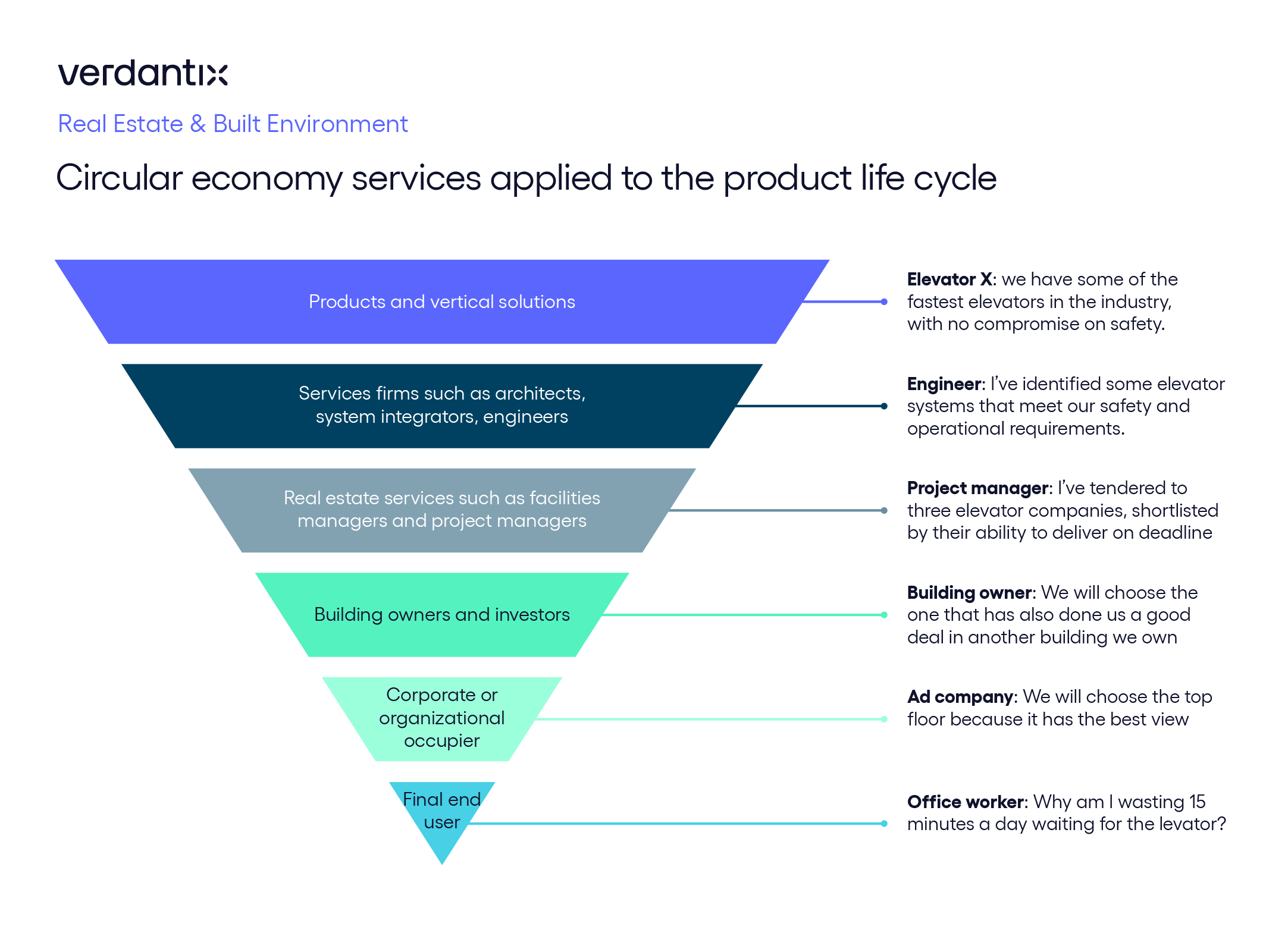
- Digitizing the building life cycle.
The life cycle of a building (or project within a building) starts with a trigger to act – COVID-19 was the most significant trigger of our lifetimes – at which time people who own or occupy space decide to make some kind of change to their real estate strategy or a building. Solutions are designed, built out and eventually go into operation, lasting until the next event happens to restart the process. At each point in this cycle, there are technology solutions and services to support the process. We plan to cover all of these stages in our research and, from a systems thinking perspective, look at how they interact. How even small players in niche segments are able to make a difference by connecting and disrupting within complex and often legacy technology stacks.
One big challenge we are hoping to bridge is that the first half of the life cycle – strategy, design and construction – and the operational second phase are often serviced completely differently.
Deep-diving into the macro themes:
Aside from our three overarching lenses, we will also focus on four colossal themes that will act as spurs for change, innovation and the adoption of digital technologies:
- Energy, ESG and decarbonization remain important drivers across asset classes and throughout the life cycle. Tackling ESG issues is a core requirement for all stakeholders in the built environment sector and is a leading driver of technology and solution adoption.
- There is a switch from product-driven to services-driven modes of solution delivery – as users move from buying a software to buying a service, or from buying a product to delivering an experience. Buyers are not just purchasing technology; they are increasingly engaging with the vendor to maintain the product, and engaging other services providers to integrate that product with other elements of the environment. The move away from all-encompassing platforms to a best-in-breed approach has led to a rise in service delivery, including the software as a service (SaaS) and equipment as a service concepts.
- Growing risk and the resulting need for resiliency form the (literally) burning platform inspiring action. The two are closely connected in the built environment. Climate risk, for example, can be reputational and regulatory – but increasingly, as the impact of climate change becomes apparent, we are looking to mitigate against the risks of weather events, energy price fluctuations and even availability of utilities. Our physical security, health and safety are priorities that form the base level of building requirements. They are precursors to “attractive and supportive” experiences for employees working within spaces, visitors and the people who live in or near building developments.
- Real estate strategy, design and construction are growth areas for solutions that are often disconnected from the rest of the building life cycle. We will increasingly deliver research about this first stage of development, the world of AEC: when a strategy is conceived, whether it is a new build, deep retrofit or something as seemingly simple as introducing a new lighting system. Decisions are made during the pre-operations stages, and data is created and needs to be captured. There have been lagging areas that are slowly catching up and their modernization will see the smart building become a reality – but only if all parties come together over the two halves of the life cycle.
We will continue to write about best practices and the building owners and occupiers that are stand-out examples. But we want also to make clear that we are addressing all areas of real estate – all asset classes, all building types, all stakeholders, and the entire building life cycle. This is an approach that we believe is both fundamental and underserved.
While smart buildings and infrastructure may be our goal, we want to cover the whole story that makes up the systems that exist across our built environment, and the real estate professionals who work within it. Real estate and the built environment are not standalone concepts – they are part of a fabric that impacts life on this planet now and well into the future.
About The Author
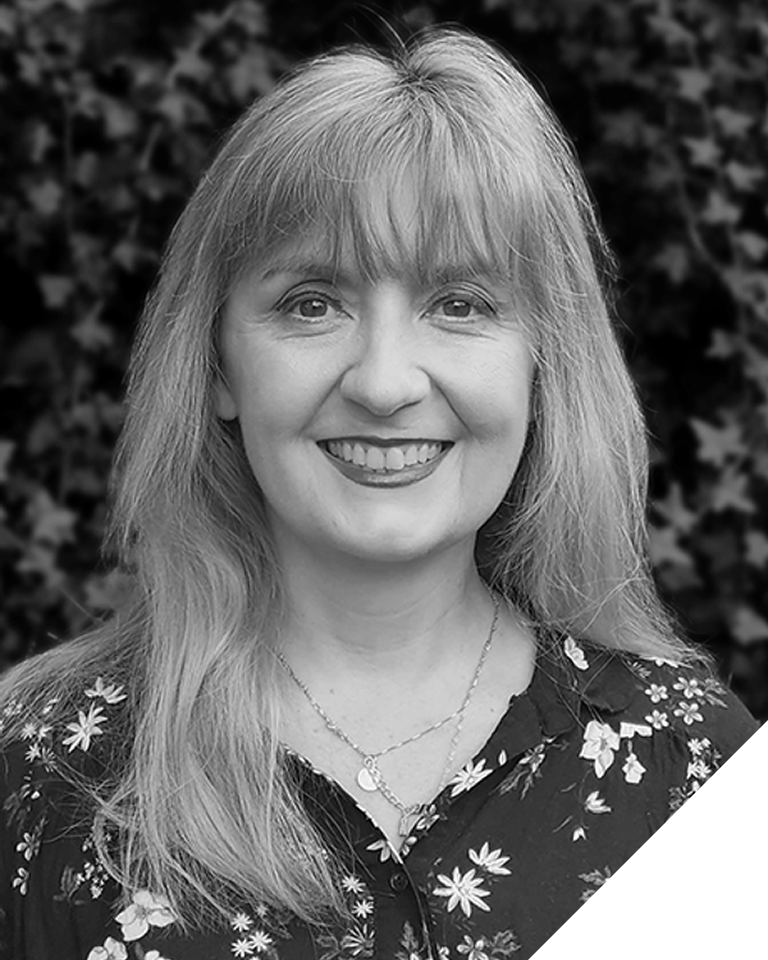
Claire Stephens
Research Director

